 |
|
HOME
|
US Navy -
ships
|
US Navy - air
units
|
USMC - air
units
|
International
Navies
|
Weapon Systems
|
Special Reports |
|
Royal Canadian Navy - Marine Royale
Canadienne Lockheed CP-122 Neptune |
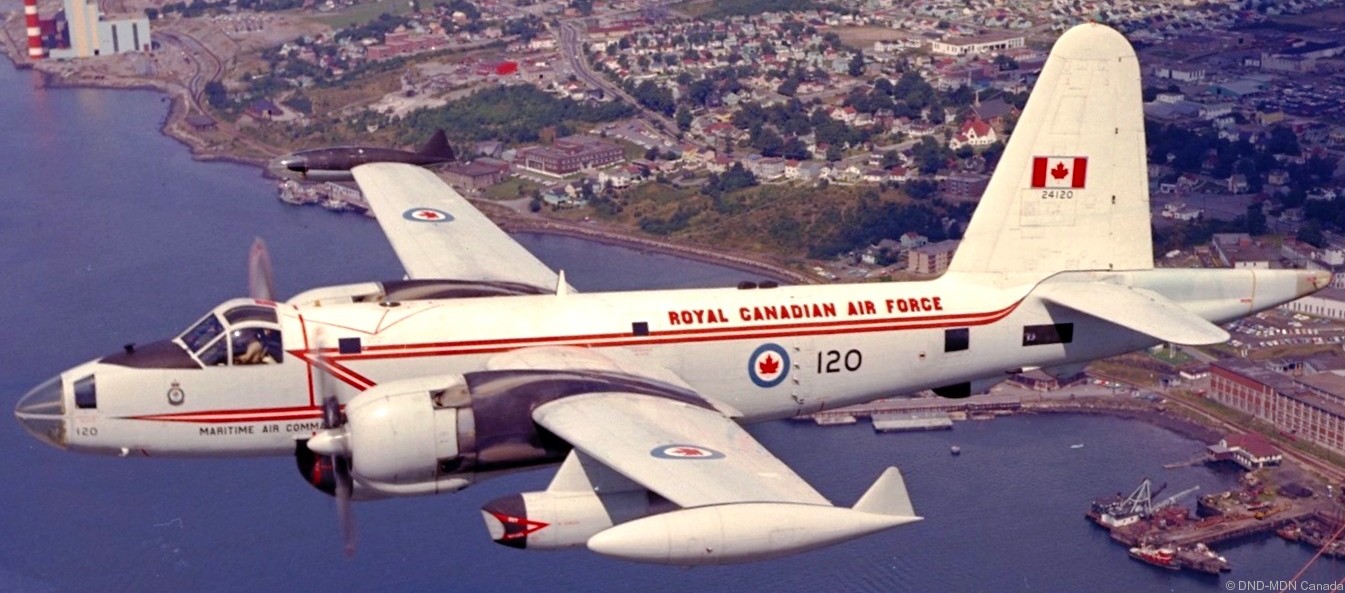 |
| 01/22 |
| Description + Specifications: |
|
The Lockheed P-2 Neptune (designated
P2V by the United States Navy prior to September 1962) was a
maritime patrol and anti-submarine warfare (ASW) aircraft. It
was developed for the US Navy by Lockheed to replace the
Lockheed PV-1 Ventura and PV-2 Harpoon, and was replaced in turn
by the Lockheed P-3 Orion. Designed as a land-based aircraft,
the Neptune never made a carrier landing, but a small number
were converted and deployed as carrier-launched, stop-gap
nuclear bombers that would have to land on shore or ditch. The
type was successful in export, and saw service with several
armed forces. Design and development: Development of a new land-based patrol bomber began early in World War II, with design work starting at Lockheed's Vega subsidiary as a private venture on 6 December 1941. At first, the new design was considered a low priority compared to other aircraft in development at the time, with Vega also developing and producing the PV-2 Harpoon patrol bomber. On 19 February 1943, the U.S. Navy signed a letter of intent for two prototype XP2Vs, which was confirmed by a formal contract on 4 April 1944 with a further 15 aircraft being ordered 10 days later. It was not until 1944 that the program went into full swing. A major factor in the design was ease of manufacture and maintenance, and this may have been a major factor in the type's long life and worldwide success. The first aircraft flew in May 1945. Production began in 1946, and the aircraft was accepted into service in 1947. Potential use as a bomber led to successful launches from aircraft carriers. Beginning with the P2V-5F model, the Neptune became one of the first operational aircraft fitted with both piston and jet engines. The Convair B-36, several Boeing C-97 Stratofreighter, Fairchild C-123 Provider, and Avro Shackleton aircraft were also so equipped. To save weight and complexity of two separate fuel systems, the Westinghouse J34 jet engines on P2Vs burned the 115–145 Avgas fuel of the piston engines, instead of jet fuel. The jet pods were fitted with intake doors that remained closed when the J-34s were not running. This prevented windmilling, allowing for economical piston-engine-only long-endurance search and patrol operations. In normal US Navy operations, the jet engines were run at full power (97%) to assure takeoff, then shut down upon reaching a safe altitude. The jets were also started and kept running at flight idle during low-altitude (500-foot (150 m) during the day and 1,000-foot (300 m) at night) anti-submarine and/or anti-shipping operations as a safety measure should one of the radials develop problems. Normal crew access was via a ladder on the aft bulkhead of the nosewheel well to a hatch on the left side of the wheel well, then forward to the observer nose, or up through another hatch to the main deck. There was also a hatch in the floor of the aft fuselage, near the sonobuoy chutes. The Royal Canadian Air Force's Air Command replaced their aging Avro Lancaster maritime aircraft beginning in 1955 with P2V-7 Neptunes in the anti-submarine, anti-shipping, and maritime reconnaissance roles, as a stopgap pending deliveries of the Canadair CP-107 Argus, which began in 1960. Canadian Neptunes were delivered without the underwing Westinghouse J34 jet engine pods, which were retrofitted in 1959. Armament included two torpedoes, mines, depth charges, bombs carried internally plus unguided rockets mounted under the wings. 25 Neptunes served with Royal Canadian Air Force (RCAF) No. 404 Squadron No. 405 Squadron No. 407 Squadron Lockheed P2V-7 Neptune Lockheed CP-122 Neptune (RCAF designation of P2V-7) Upon unification of the Canadian Forces in 1968, the Neptune was re-designated the CP-122 and was officially retired two years later. Specifications (P-2H / P2V-7): Crew: 7-9 Length: 91 ft 8 in (27.94 m) Wingspan: 103 ft 10 in (31.65 m) Height: 29 ft 4 in (8.94 m) Wing area: 1,000 sq ft (93 m2) Empty weight: 49,935 lb (22,650 kg) Max takeoff weight: 79,895 lb (36,240 kg) Powerplant: 2 x Wright R-3350-32W Duplex-Cyclone 18-cylinder air-cooled radial piston engine - 3,700 hp (2,800 kW) each turbo-compound with water injection 2 x Westinghouse J34-WE-34 turbojet engines, 3,400 lbf (15 kN) thrust each pylon mounted Propellers: 4-bladed constant-speed propellers Maximum speed: 363 mph (584 km/h, 315 kn) Cruise speed: 207 mph (333 km/h, 180 kn) Range: 2,157 mi (3,471 km, 1,874 nmi) Service ceiling: 22,400 ft (6,800 m) Armament: Rockets: 2.75 in (70 mm) FFAR in removable wing-mounted pods Bombs: 8,000 lb (3,629 kg) including free-fall bombs, depth charges, and torpedoes source: wikipedia |
| images |
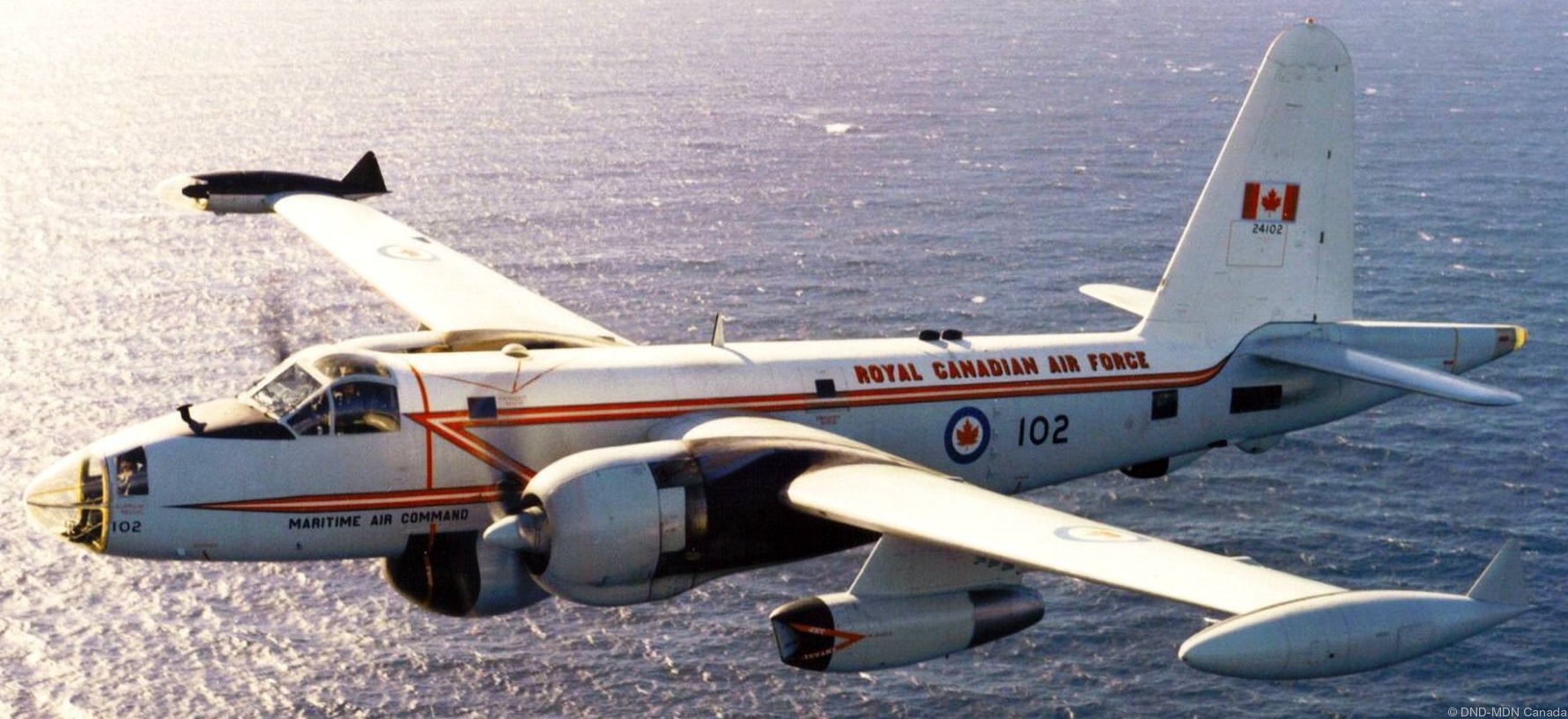 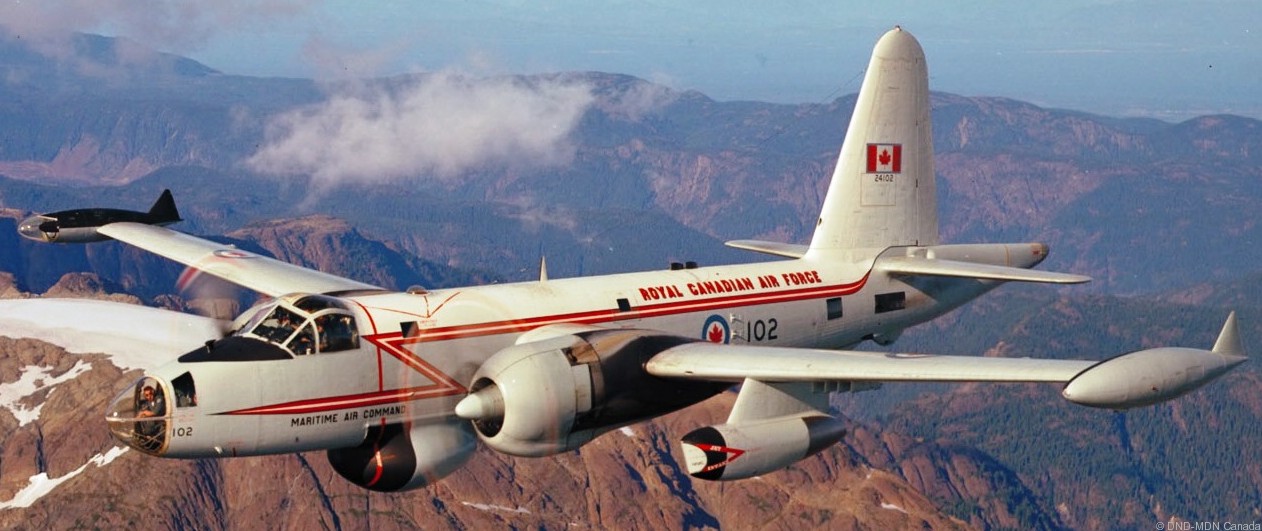  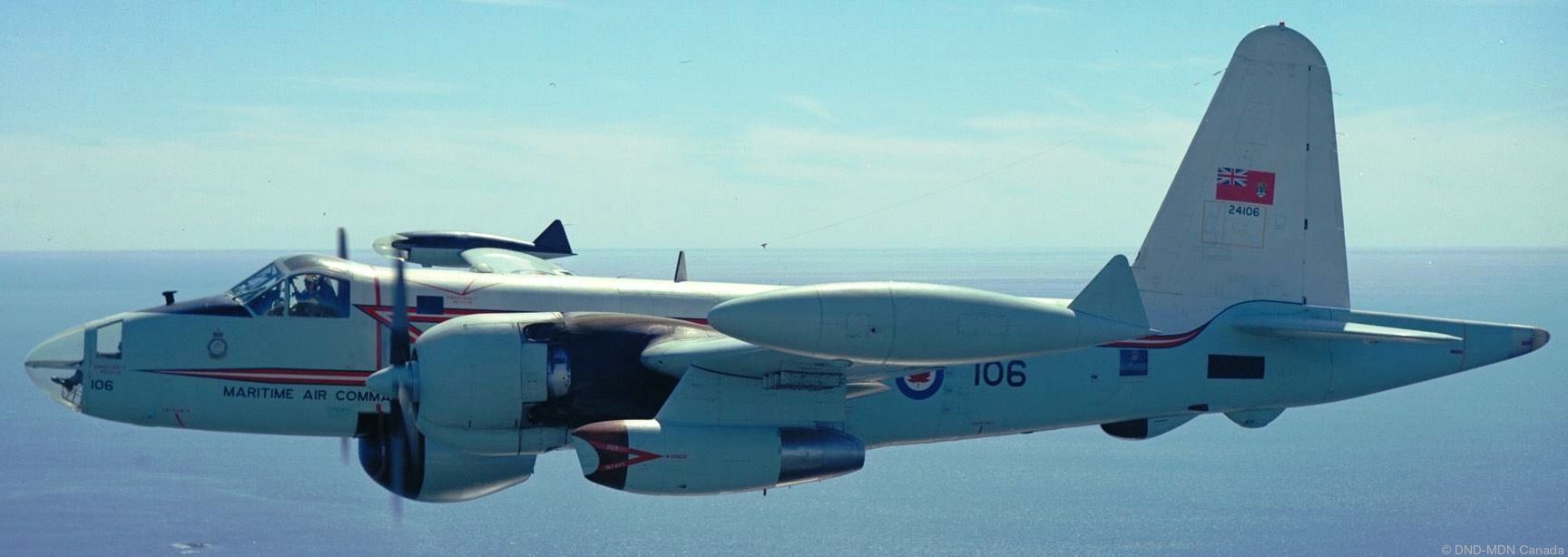 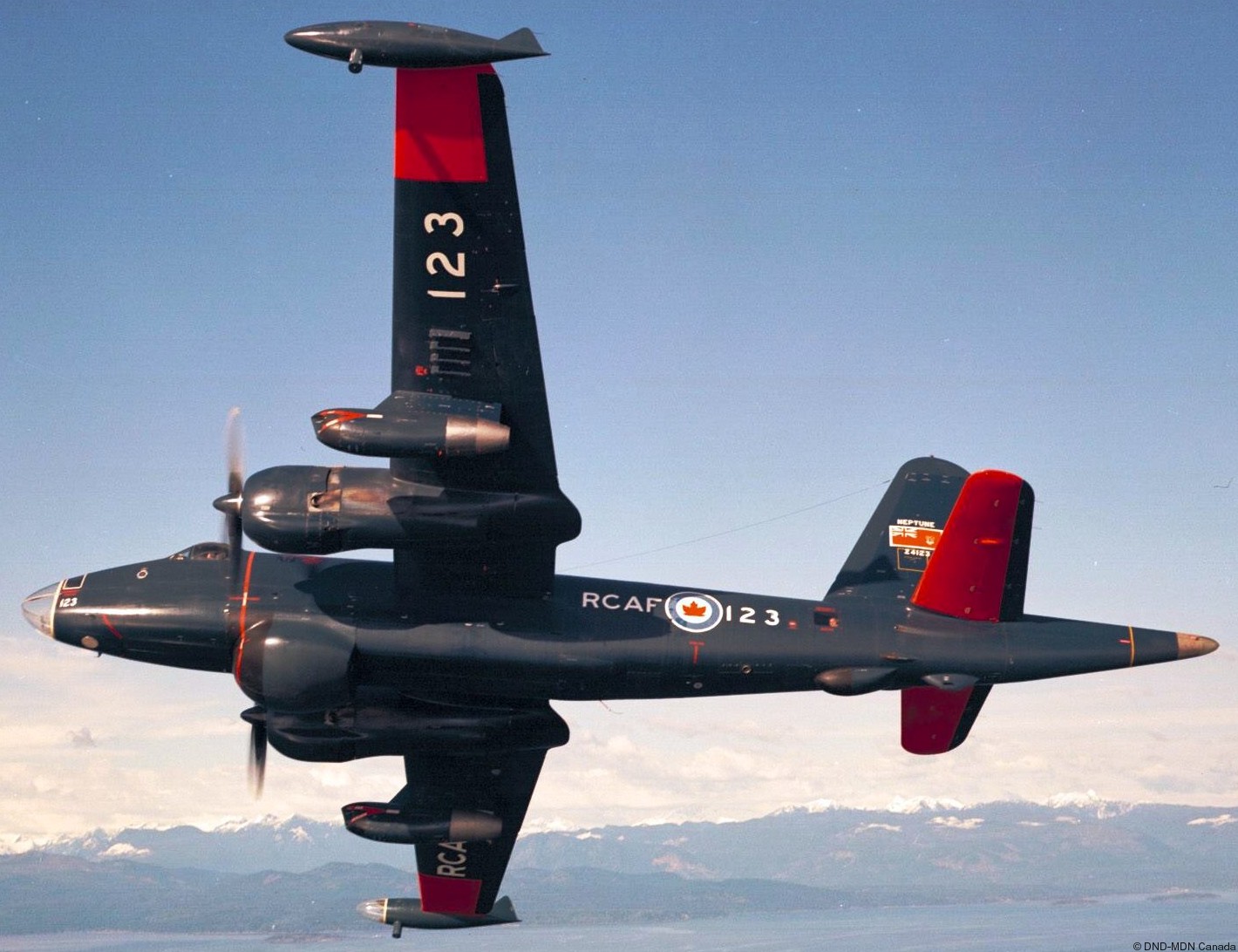 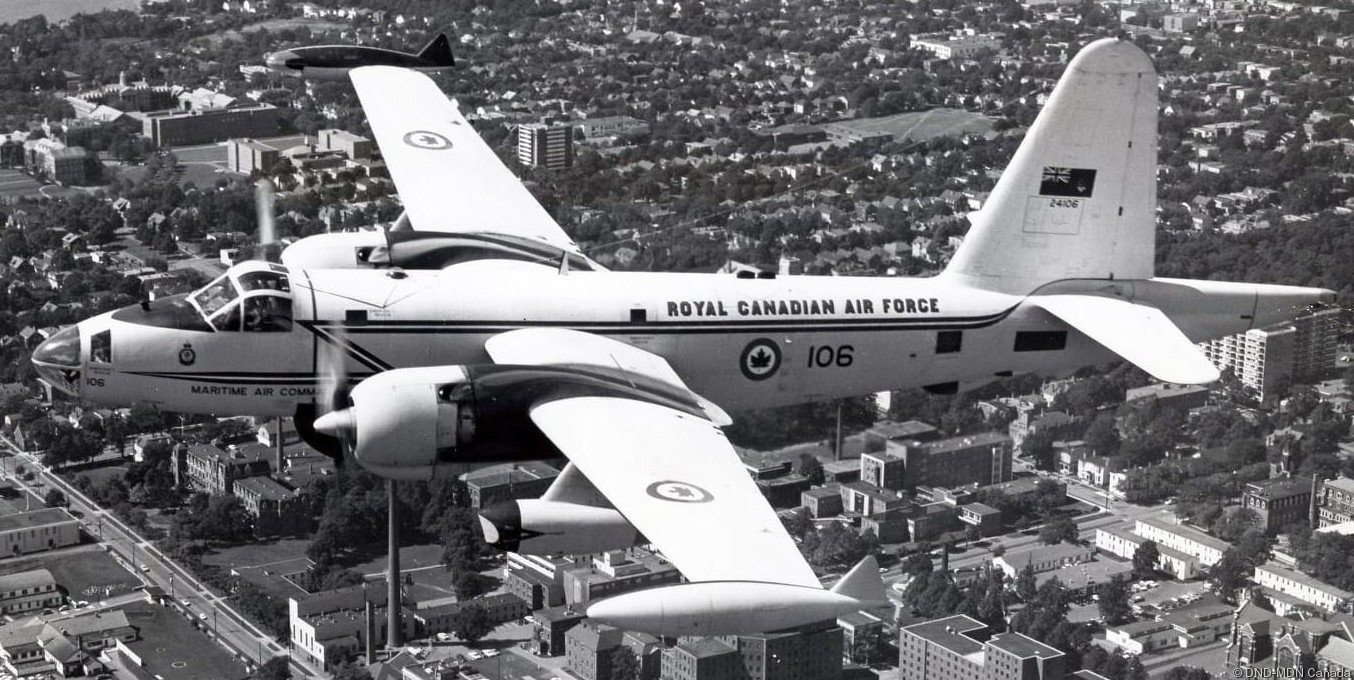  |
| | seaforces.org | Royal Canadian Navy start page | |